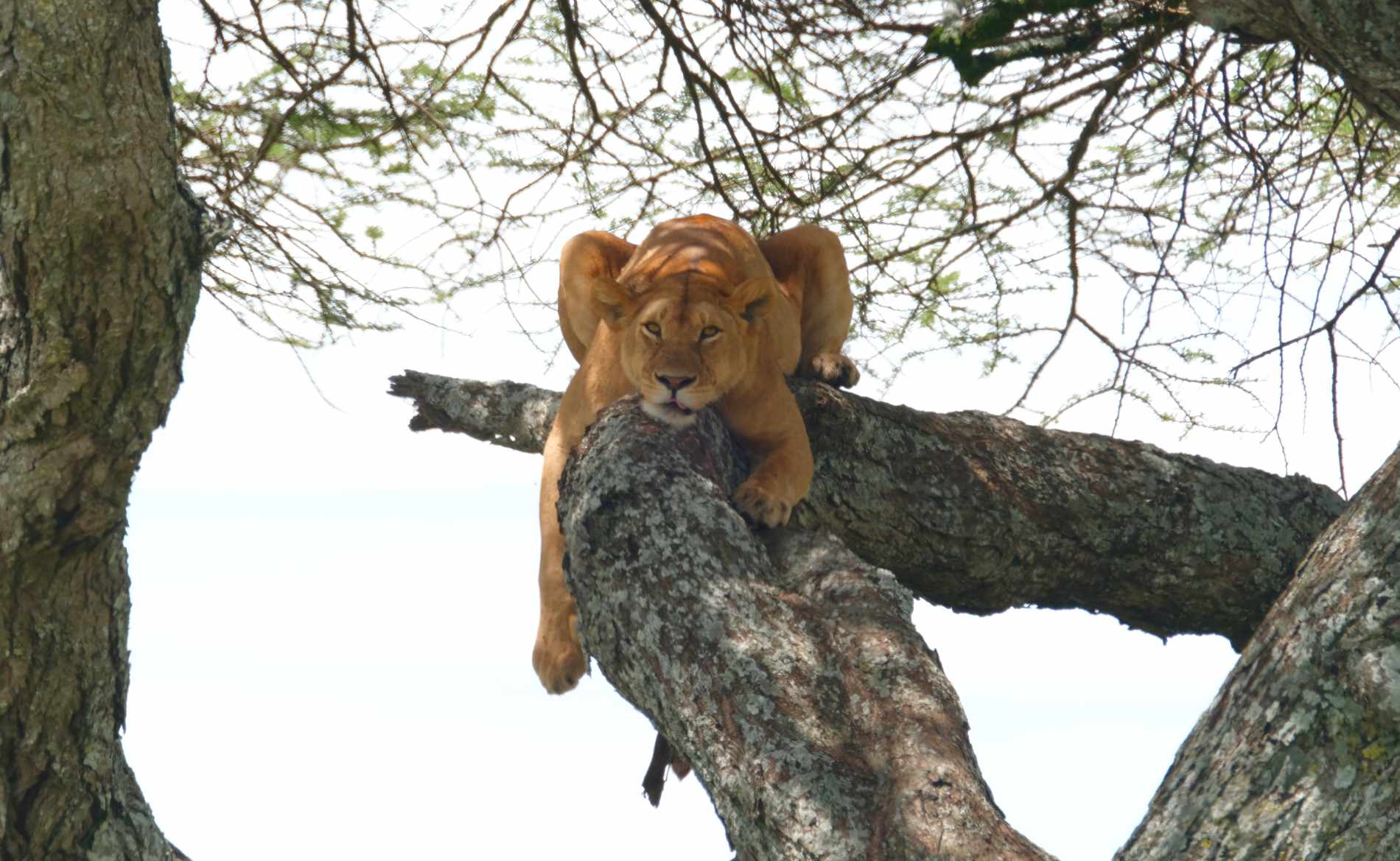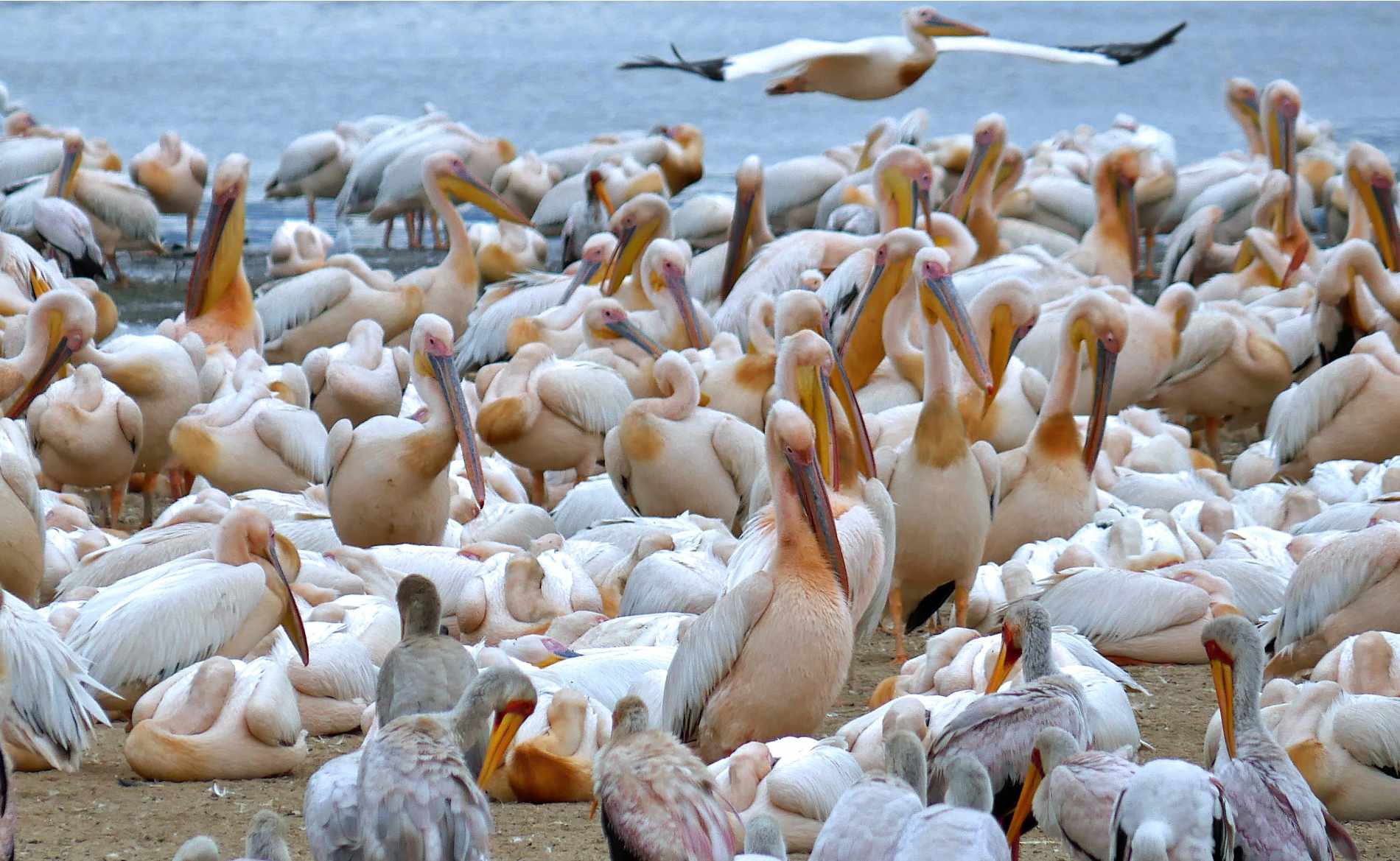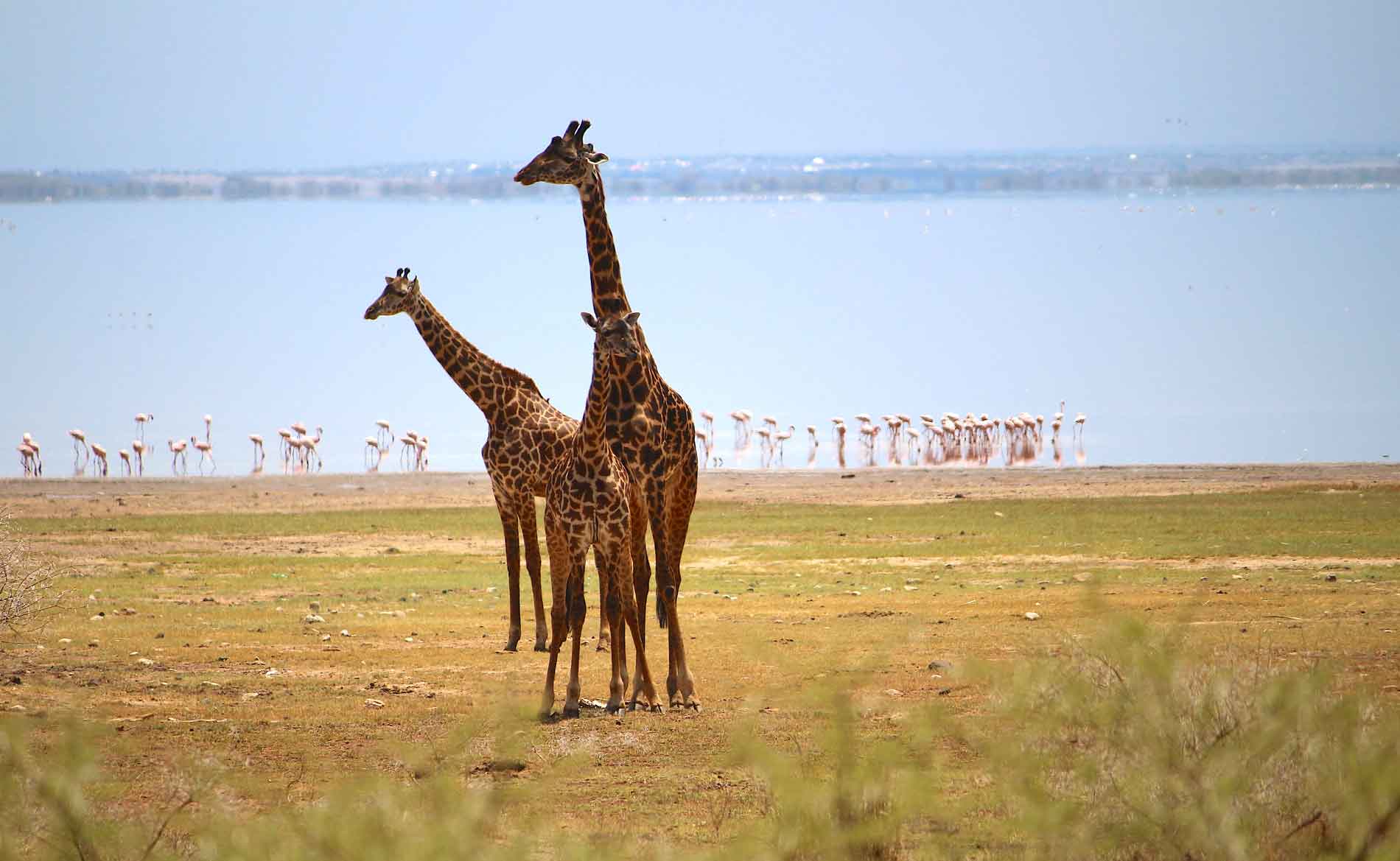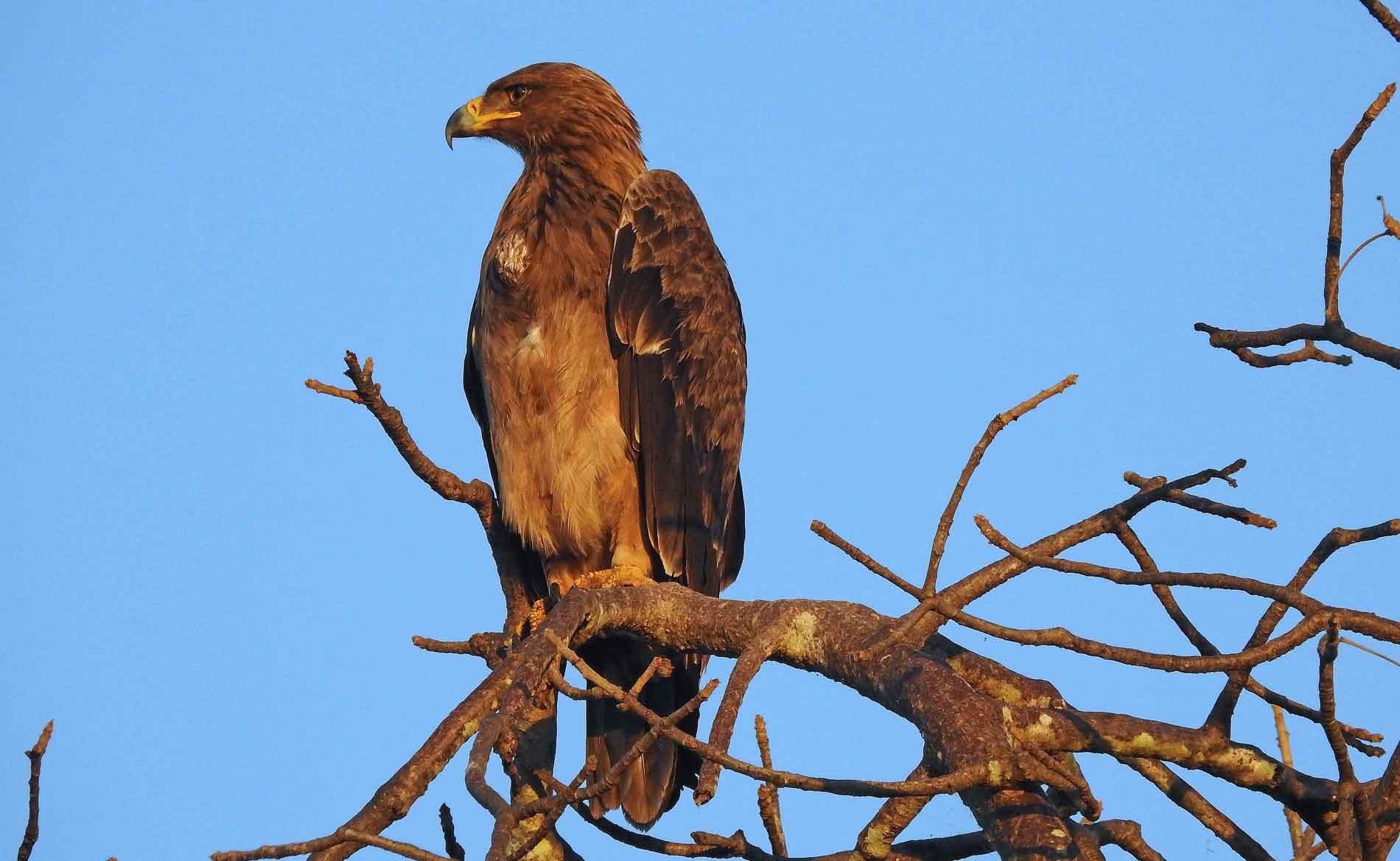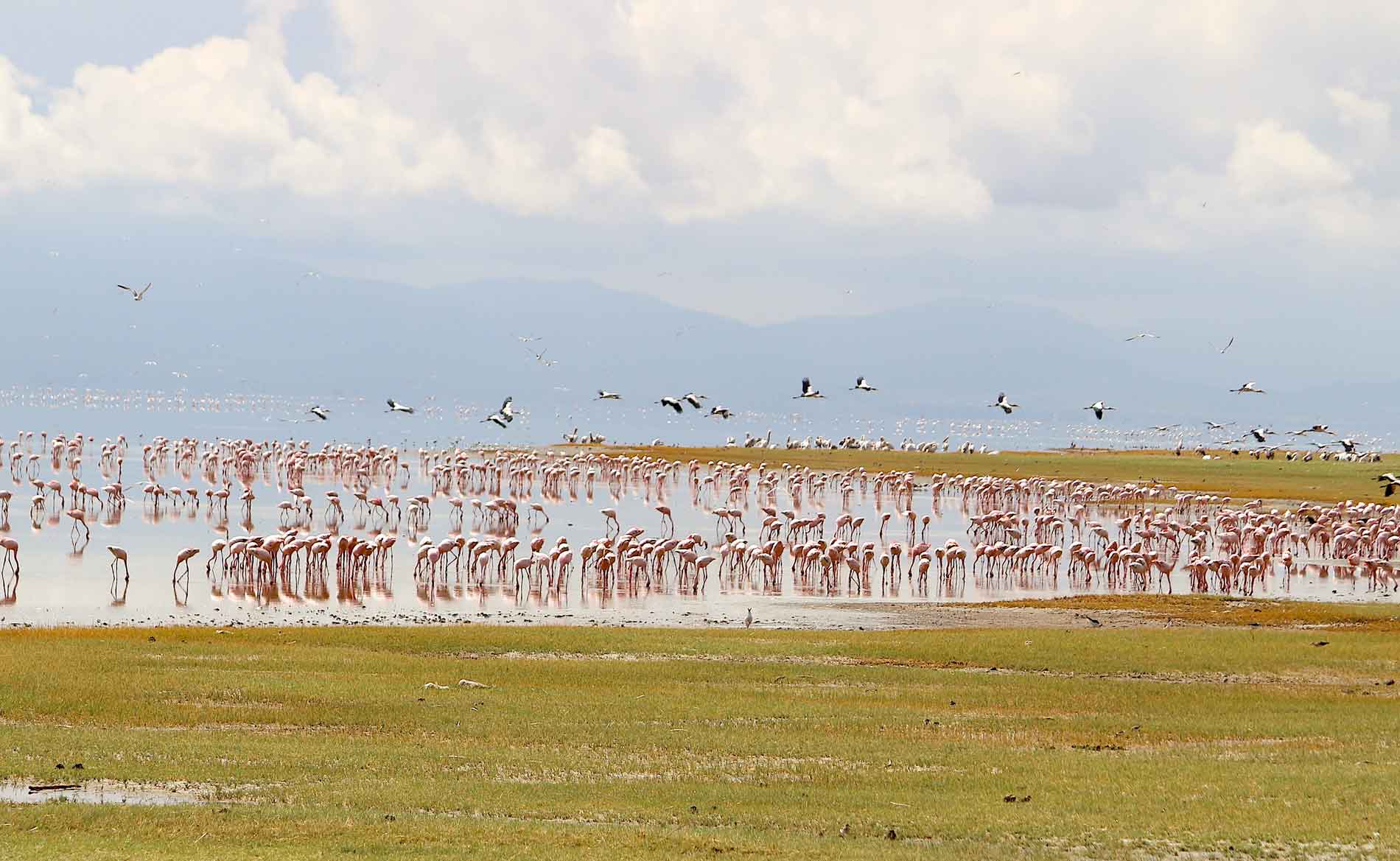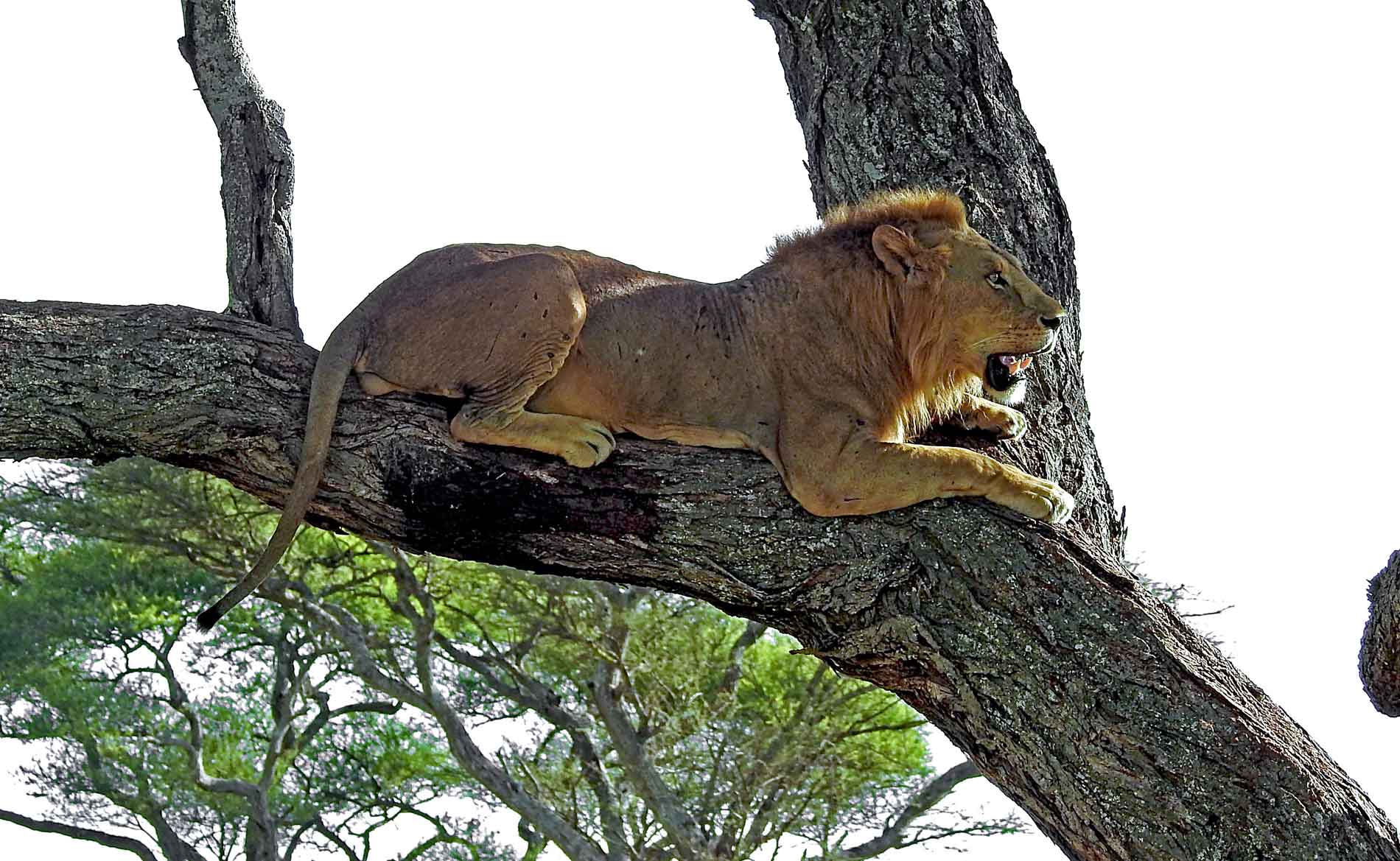Lake Manyara National Park: marvel at countless birds by the water and spot tree-climbing lions in the forest
Facts Lake Manyara National Park:
- Founded in 1960
- Like Lake Eyasi and Lake Natron, Lake Manyara or Lake Manyara is a soda lake, i.e. a lake with a high salt content and high pH value
- Part of the much larger Manyara Biosphere Reserve, which was established by UNESCO in 1981
- In nearby Mto wa Mbu or Karatu, as well as not far from the park, there is an extensive range of hotels and lodges
- Size: 330 km2 = slightly larger than Munich, more than half of which is taken up by Lake Manyara, depending on the water level.
Best time to visit:
- It is almost certainly dry from June to October
- From November to May, the rainfall changes from year to year
- Depending on how much it rains and how much water is washed into the park from the walls of the “Rift Valley”, the water level of Lake Manyara and the passability of the roads in the park change
- We take the current weather situation into account as much as possible in your personal offer
Getting there from Arusha:
- 120 km = two hours by safari car
Highlights Lake Manyara National Park:
- Spot flamingos, storks, pelicans and many other of the more than 400 bird species on the shores of the lake
- With a bit of luck, spot a tree-climbing lion
- Watch hippos from the platform by the lake or hear them grunting
- Enjoy the varied backdrop of dense forest, views of the cliffs of the East African Rift Valley and the soda-filled lake
Lake Manyara National Park is located about 120 kilometers from Arusha, which is a good two-hour drive. The park is only slightly larger than Munich, but unlike the home of Oktoberfest, it is up to 75% covered by Lake Manyara at high water. This also explains the more than 400 different bird species that can be spotted here. In addition to pelicans, storks, cranes, hornbills, kingfishers, ibises, spoonbills and around 50 species of birds of prey, lesser flamingos dominate the scene for most of the year. It is fun to watch them as they wade through the shallow water on the shore of the lake and eat algae in the water or fly elegantly over Lake Manyara in fantastic formations.
The park is completely bordered to the west by cliffs of the East African Rift Valley. The view of the high walls, from which the occasional waterfall cascades down towards Lake Manyara National Park, is breathtaking. Coupled with the dense rainforest and the mirror-smooth surface of Lake Manyara, the scenery is unique. There are several picnic spots with great lake views for the lunch break. One of them is not far from a hot spring. It emits alkaline water in which you can even boil eggs. Lake Manyara is largely fed by rain. Its high soda content is due to the volcanic rock in the area. Lake Manyara has no outlet. The water in the shallow lake partly seeps into the ground and evaporates during the dry season, causing the lake to gradually shrink significantly, depending on when the next rain comes.
In addition to giraffes, zebras, elephants, buffaloes, wildebeests and other gazelles, you can spot large troops of baboons and hippos in Lake Manyara National Park. The attraction of the park are the tree-climbing lions. Is there such a thing? Yes and no. Normally the heavy cats do not climb trees, unlike the leopards that can also be found in the park, for example. The phenomenon in Lake Manyara National Park is mainly due to the special vegetation combined with the lake with little shade and the dense forest of marang, trichilia, acacia and other trees. In the trees, the lions get more fresh air, are better protected from elephants and ants and can spot their prey more easily. Over time, they have “recognized” these advantages and started to climb trees. As the forest is very dense, as already mentioned, it is not so easy to spot a tree-climbing lion. But when you do see one, it’s a great experience. For us, however, there are many other reasons to visit Lake Manyara. You will see for yourself that the park with its unique landscape is definitely worth a visit.



